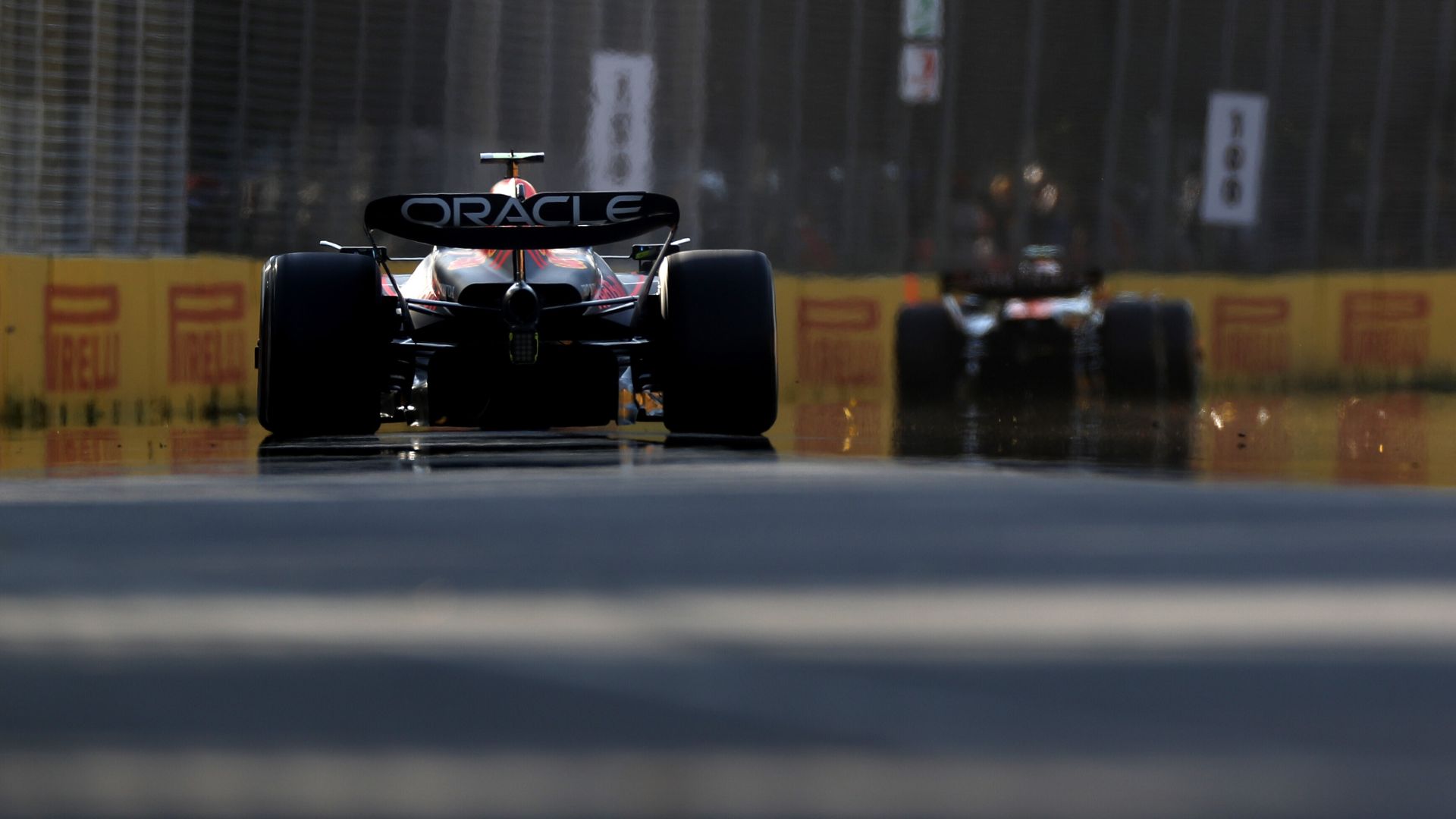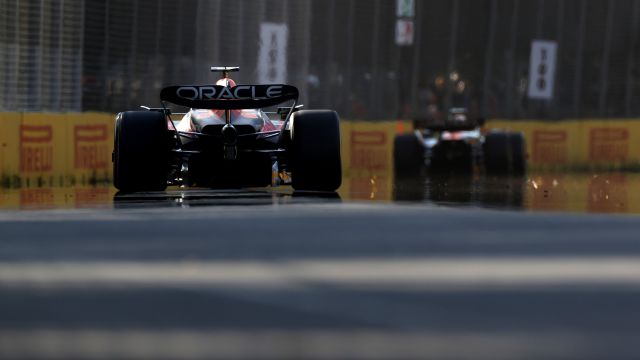Is The Australian GP A Street Circuit?


The Australian Grand Prix is traditionally held on a street circuit known as the Albert Park Circuit, which is situated around Albert Park Lake and utilizes public roads in the suburb of Albert Park in Melbourne. This circuit, which caters to the Formula One World Championship and other racing events, exemplifies a hybrid between a road course and a street circuit, drawing appreciation from fans and drivers alike for its balanced blend of speed and technical challenges. The use of existing streets for the majority of the track layout contributes to its classification as a street circuit.
The Melbourne Grand Prix Circuit has been an integral part of the Formula One calendar since 1996, marking the commencement of many seasons in the sport. This circuit replaced the Adelaide Street Circuit, which was the former home of the Formula One Australian Grand Prix until 1995. Over the years, the Australian GP has witnessed significant developments in both its infrastructure and racing prestige, underpinning its key place in the Formula One series.
Key Takeaways
- The Albert Park Circuit is a temporary street circuit incorporating public roads.
- Since 1996, it has hosted the Formula One Australian Grand Prix.
- The circuit is known for its balance of high-speed straights and technical sections.
The Albert Park Circuit
Albert Park, situated in Melbourne, Australia, hosts the renowned Albert Park Circuit, where the Australian Grand Prix is held. This circuit is classified as a temporary street circuit, with FIA Grade 1 licensure, highlighting its suitability for high-profile racing events.
Encircling Albert Park Lake, the track layout incorporates public roads, notably Lakeside Drive and Aughtie Drive, which are adapted for race use. Its proximity to Melbourne’s bustling environment and scenic views of the lake provides a striking backdrop for the event.
The circuit’s characteristics include:
- Location: Melbourne, Australia
- Circuit Type: Temporary street circuit
- Major Events: Formula One Australian Grand Prix
- Lap Record: To be updated with the latest times
During racing events, turns within Albert Park Circuit present drivers with challenging yet thrilling opportunities for overtaking, necessitating skillful execution. In 2021, circuit modifications focused on increasing speed and enhancing overtaking chances were introduced. This included the widening of several turns, such as Turns 1, 3, 6, 11, and 13.
Safety and Grade:
Albert Park Circuit’s temporary nature requires annual construction and deconstruction around the event time. Despite this, it maintains rigorous safety standards consistent with permanent racing tracks.
In summary, Albert Park Circuit is a distinctive blend of high-speed straights and technical corners, offering both drivers and spectators a dynamic racing experience in one of Australia’s most vibrant cities.
History and Evolution of the Australian GP
The Australian Grand Prix, as part of the Formula 1 calendar, has its roots in Adelaide, South Australia. It debuted on the F1 series in 1985, setting the stage for what would be a significant event in the racing schedule. The Adelaide street circuit was lauded for its challenges, often compared to Monaco’s iconic twists.
Post 1995, the event transitioned to Melbourne, Victoria, finding a new home in Albert Park. The track here combined public roads with aspects of a racing circuit, thus retaining the street circuit atmosphere. The Melbourne Grand Prix Circuit has remained a favored venue, celebrated for its fast chicanes and parkland setting.
During the COVID-19 pandemic, the Australian GP faced unprecedented disruptions. The 2020 event was cancelled just hours before the first practice was to begin, marking the beginning of a series of global sporting event postponements. A hiatus followed with the 2021 race also being called off due to pandemic-related concerns.
In 2022, the Australian Grand Prix made a triumphant return post-pandemic, recording a massive attendance and signaling a reinvigoration of Formula 1 events. This period emphasized the resilience of the event and its capacity to adapt amidst global challenges.
The event’s progression from Adelaide to Melbourne reflects its dynamic nature and continued relevance within Formula 1. It stands as a testament to the sport’s history in Australia and its ability to evolve and flourish, even in the face of global adversities such as the COVID-19 pandemic.
Circuit Characteristics and Technical Aspects
The Melbourne Grand Prix Circuit, known as Albert Park, combines high-speed straights with a series of technical turns that challenge both car and driver. This street circuit with a smooth surface offers unique racing conditions.
Corners and Turns
The Albert Park circuit is renowned for its blend of 16 turns, ranging from fast sweepers to tight chicanes. Turn 1 is a high-speed right-hander that can make or break a lap, requiring precise braking. Turn 3 is notorious for being particularly tricky and is a popular spot for overtaking due to heavy braking requirements. The bends at Turns 11 and 12 are quick and demand commitment, while Turn 13 stands out as an opportunity for drivers to pass competitors.
DRS Zones and Overtaking
The circuit includes several DRS (Drag Reduction System) zones designed to aid in overtaking maneuvers, creating competitive racing. Recent modifications have introduced a fourth DRS zone to improve passing opportunities. Overtaking is facilitated in these designated zones, especially where the track has been widened to allow cars to run side-by-side.
Circuit Modifications and Impact on Racing
Alterations to the Albert Park Circuit can significantly influence the race dynamics. Recent changes saw parts of the track being resurfaced, which improved grip levels and increased speeds. The circuit’s layout has undergone revisions to enhance the challenge for drivers and to encourage closer, more competitive racing sequences. Barriers are positioned close to the edge of the track, which, along with the occasional bumpy sections, raises the stakes and the spectacle for each of the race’s laps.





